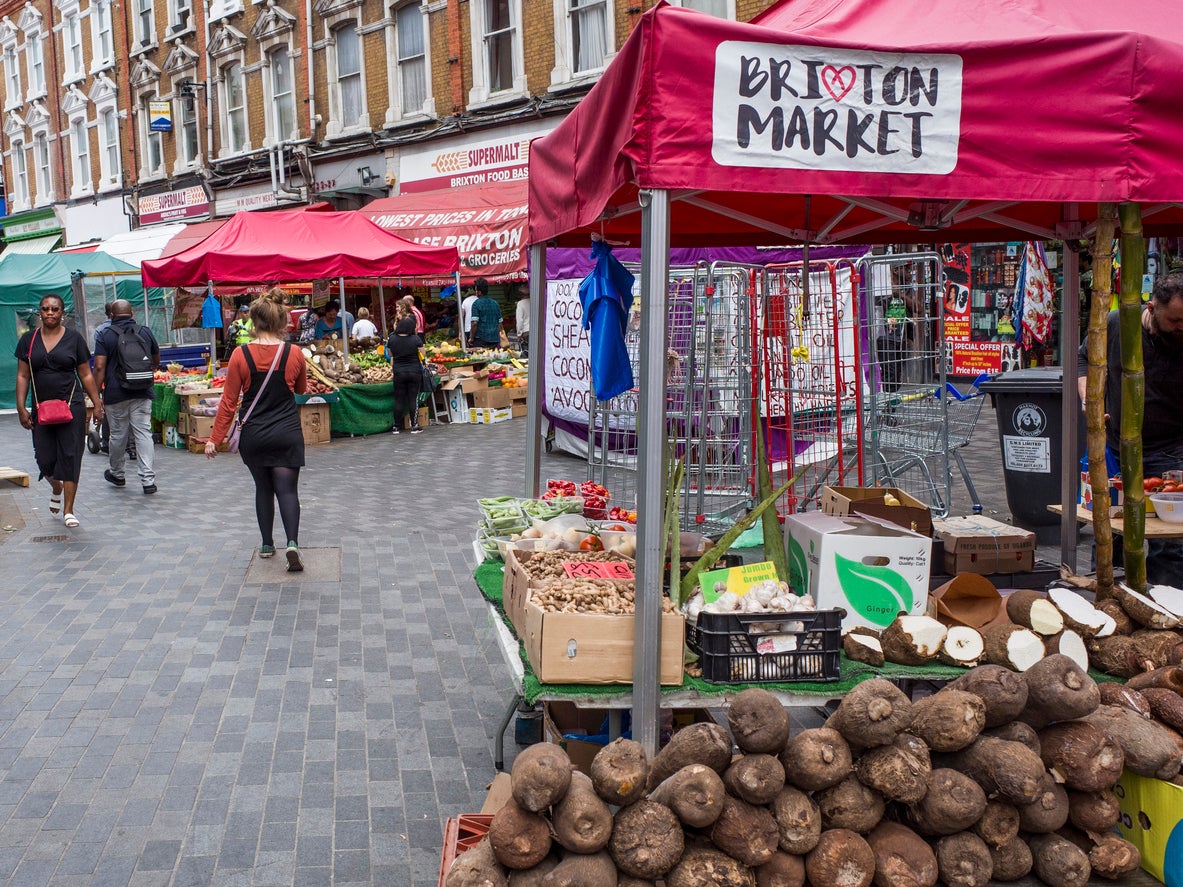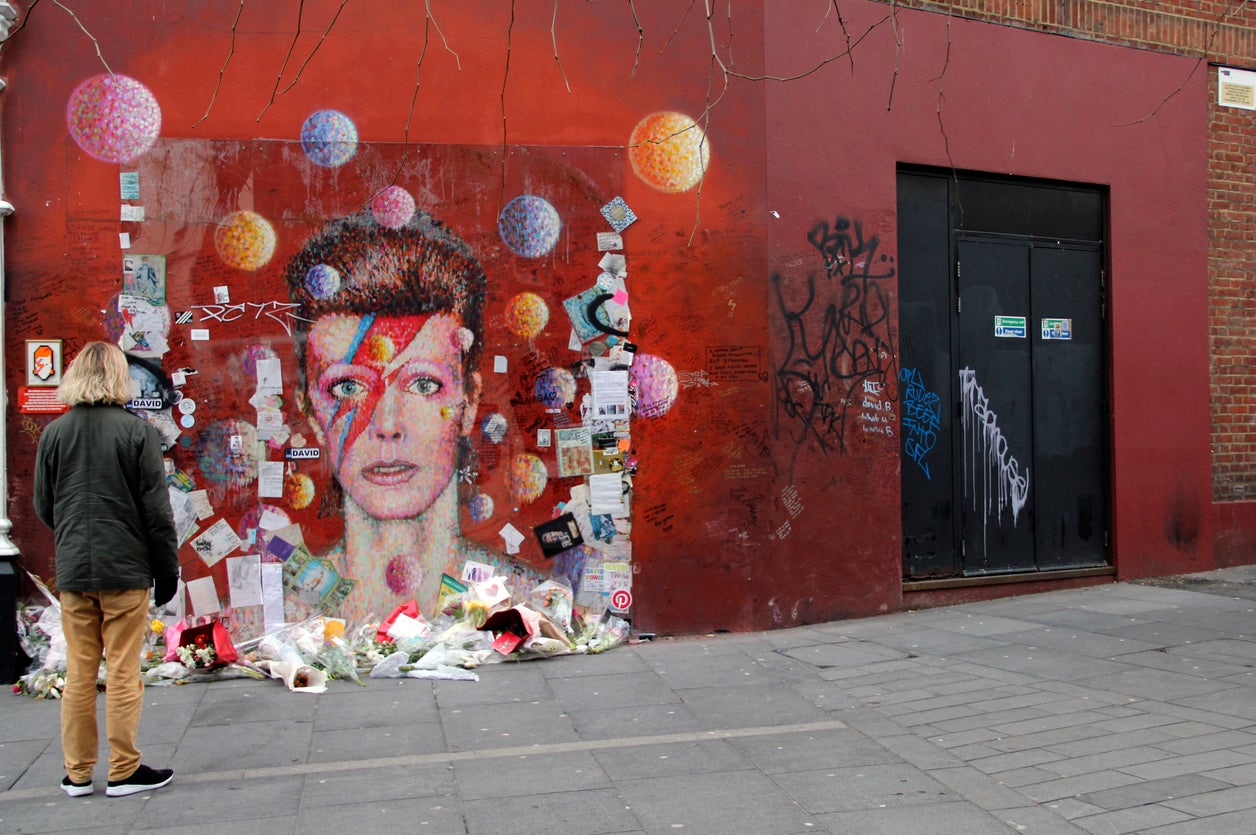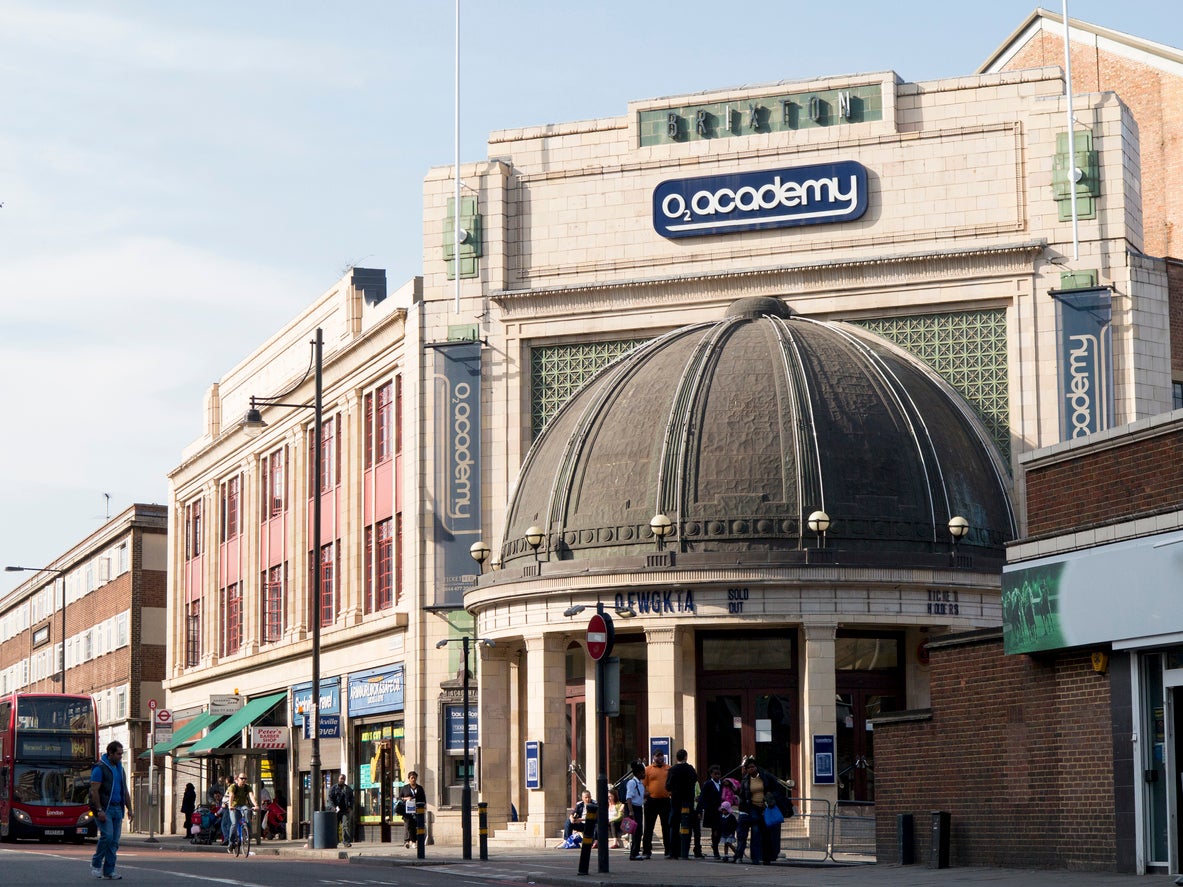Welcome to my home town: Why I can never escape Brixton’s evocative contrasts
Finally learning how to ride a bike during lockdown helped Imogen Lepere experience her corner of south London afresh

During lockdown, many of us made the pilgrimage back to our family homes – and rediscovered them through fresh eyes. Part guide, part love letter, “Home towns” is a series in which we celebrate where we’re from.
Being headstrong and highly suspicious of authority have always been my defining characteristics. They’re traits that have seen me try – and fail – to leave Brixton to forge my own path several times. Throughout my twenties, I’ve moved to east London, Newcastle, Nepal, Thailand, Australia and most recently, Rome. Yet somehow every few years, I end up back in that curiously suburban tangle of streets between Brixton and Tulse Hill, listening to the 2, 432 and 415 buses rattle by.
Unfortunately, these character traits have also led to a vacuum in several basic life skills. Until lockdown drew me back to my childhood home (yet again), I point blank refused to learn to ride a bike, despite my wonderful parents’ encouragement. The origins of this childish grudge have been lost in the mists of time, but my aversion remained – until spring this year.
Lockdown’s eery silence was particularly resonant in Brixton, which is back to being a cacophony of traffic, street hawkers and people falling out of bars after one too many. The streets hadn’t been so quiet since the 19th century, when the newly built Vauxhall Bridge saw what had been a polite, middle-class suburb bloom into a major commercial centre, complete with the UK’s first department store, Bon Marche (now Morleys).
In 1948, 300 new residents travelled from Jamaica on the Empire Windrush, and Brixton became the beating heart of London’s Caribbean community. Breadfruit and saltfish appeared on the stalls on Pope’s Road and the sound of reggae replaced the jaunty music hall jingles that drew crowds to Brighton Terrace before the World Wars. Seeing the streets as quiet as a cat napping in the sun, I realised the time had finally come to put my pride behind me and asked to borrow my mum’s bike.
After a few false starts, I teetered down Effra Hill past Curry’s car park – sometimes the site of spontaneous dance parties on summer nights – to St Matthew’s church. This Greek revival monstrosity has been a local landmark since 1824; curiously its crypt conceals a cocktail bar whose predecessor was the only place to accept my fake ID as a teenager.

Just over the road, the paving stones of Windrush Square are a gift for a newbie cyclist – and also an important community gathering point. The night Margaret Thatcher died, a man clambered on the roof of the Ritzy Cinema screaming “Maggie Thatcher: milk snatcher” through a megaphone as hundreds of people danced to thumping bass.
Of course, it was under the Iron Lady that some of the most infamous events in the area’s history unfolded. In April, the square saw the unveiling of a memorial to Cherry Groce – an innocent woman shot and left paralysed for life at home by the Metropolitan police – whose tragically unjust shooting sparked the Brixton riots of 1985. It’s also home to the Black Cultural Archives, the only national heritage centre dedicated to preserving and celebrating the stories of African and Caribbean people in London.
I wobbled on past the station and David Bowie memorial, swinging right up Atlantic Road. As a child, I got a kick out of staring through the window of the wig shop, truly believing they were the scalps of people who’d committed terrible crimes – sneaking out of bed to help themselves to biscuits, perhaps. Cow carcasses dangling in the halal butchers across the road only added to my fantasies.
All it took was rolling down the hill in Brockwell Park and a splash in its Art Deco lido for my faith in the magic of the neighbourhood to be restored
But all it took was rolling down the hill in Brockwell Park and a splash in its Art Deco lido for my faith in the magic of the neighbourhood to be restored. Wheeling my bike, I grabbed a coffee in the park’s cafe and watched flocks of parakeets swoop between the plane trees as London skyscrapers gleamed in the distance.
Despite the wave of gentrification that has seen some of the most rapid rises in property prices in London, Brixton’s unique energy still comes from its contrasts: old boys outside barber shops cracking jokes as dry as Jamaican sand and young professionals sipping flat whites; aunties wheeling shopping bags through the market; raves, riots (the most recent in 2011) and of course, music. The area’s drugs of choice remain community and controversy; for all my attempts to forge a new identity, I suspect I’m more a child of my hometown than I care to admit. Here’s how to make the most of a visit.
Feel the beat
From The Clash’s “Guns of Brixton” to Eddie Grant’s “Electric Avenue”, few areas can boast a soundtrack like Brixton; unsurprising given that David Bowie, La Roux and Adele all grew up nearby. Filling the O2 Academy’s iconic dome with the screams of fans has been a career-defining moment for many big names, but there are plenty more intimate venues too: try Hootananny, The Windmill (not to be confused with Brixton’s actual windmill, the last working one in London) and the Effra Hall Tavern, where a local jazz band has played every Thursday for years.

Raise a glass
Whatever your poison, you’ll have to work hard to leave Brixton sober. Specialist Cellars in Pop Brixton serves its own label Kiwi wines, while The Shrub and Shutter’s cocktail list is inspired by flavours from the market. These days Brixton Village is filled with the sound of popping Pet Nat corks, but I think the area’s drinking scene comes alive in rowdy beer gardens such as those at The Prince Albert and The Duke of Edinburgh. Careful on the way home – the station’s steps are often slippery and its lift eternally out of service.
Scrape your plate
Sticky jerk chicken, elegant small plates, experimental Indian and slow barbecue: Brixton’s culinary offering is as eclectic as its residents. Salon serves produce grown on its allotment in Dulwich, while local restaurant critic Jay Raynor raves about Mama Lan’s pork and cabbage dumplings. Fish Wings & Tings does a mean line in homecooked Caribbean comfort food, Negril has a dedicated vegan and vegetarian menu, and if you don’t mind hopping on a bus, Tulse Hill’s time warp Electric Cafe has been run by the same Cypriot family since 1978.

Soak up street art
Brixton wears its creative heart on its sleeve. From Stephen Pusey’s “Children At Play” on the side of the O2 Academy to Christine Thomas’s “Big Splash” mural at 20 Strathleven Road, the area’s walls are like a living, breathing gallery. In July every year, the Urban Art fair sees the leafy pavement of Josephine Avenue lined with works by local artists.
Bed down
The Half Moon, Herne Hill is a 20-minute amble from Brixton proper through Brockwell Park. It’s a revamped gin palace with a proud music history – U2, Van Morrison and The Police all played in its wood-panelled dining room – and 12 boutique bedrooms, starting from £89. At the other corner of the park, the Tulse Hill Tavern is a very comfortable 19th century coaching inn; feast on modern British food before bedding down in nine boutique bedrooms. Doubles from £81.
Subscribe to Independent Premium to bookmark this article
Want to bookmark your favourite articles and stories to read or reference later? Start your Independent Premium subscription today.






Join our commenting forum
Join thought-provoking conversations, follow other Independent readers and see their replies
Comments